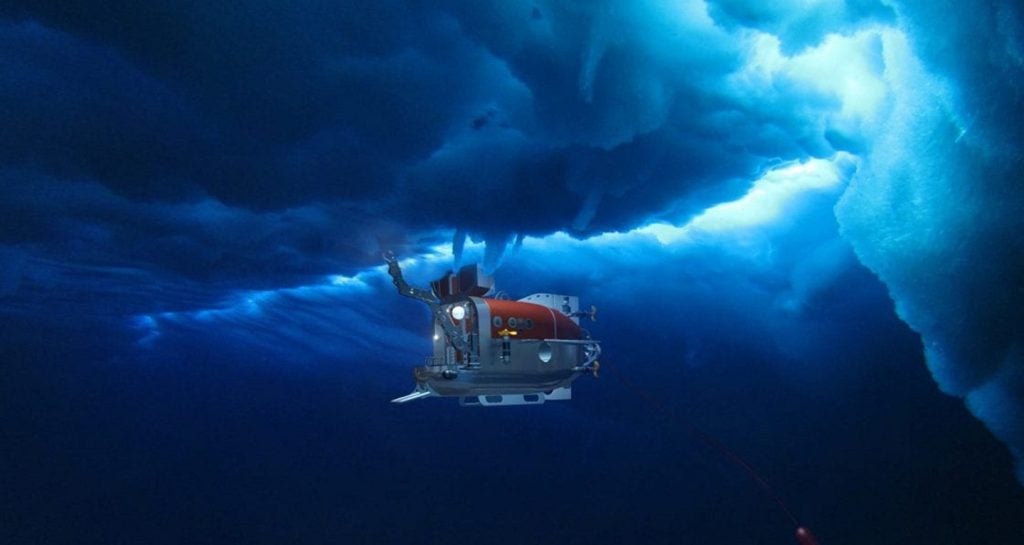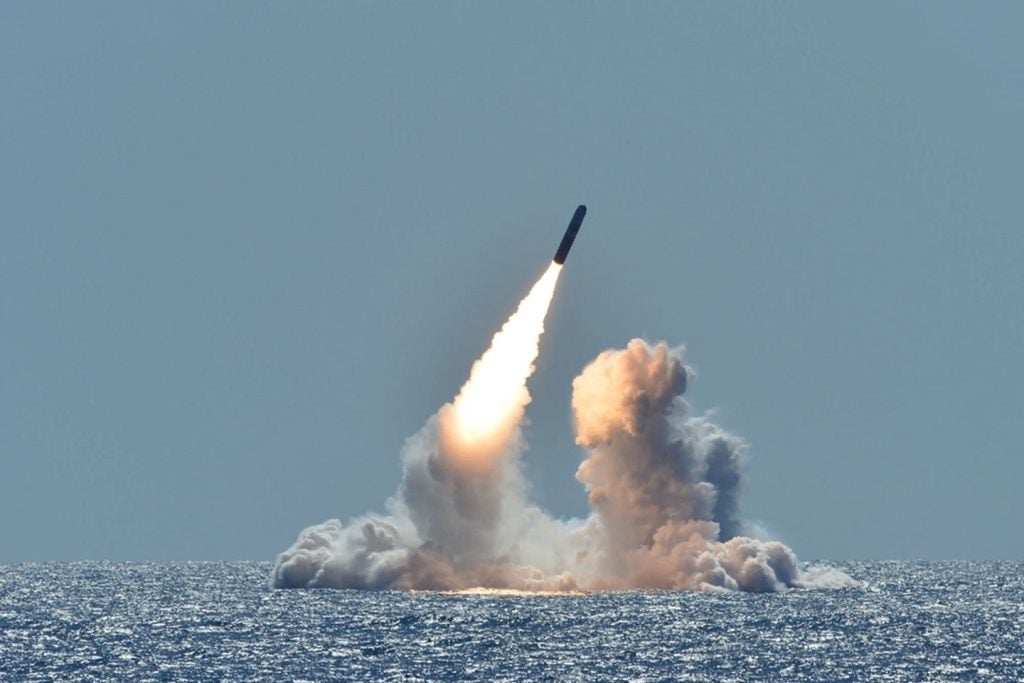The US Office of Naval Research awarded a contract to a Massachusetts-based ocean research group, the Woods Hole Oceanographic Institution (WHOI), on 4 March, 2024.
Under a $13.5m contract, the contractor will develop, integrate, test and demonstrate ‘Next-Generation Autonomous Underwater Vehicle Sensors and Capabilities’.
This programme will focus on improving or increasing vehicle endurance, speed and autonomous performance in a variety of environmental conditions. As part of the programme, new vehicle designs will be explored and evaluated, as well as autonomous teaming scenarios.
In addition, the deliverables from this contract will support uncrewed platform innovation for both surface (USVs) and sub-surface (UUVs) operating modalities.
The total cumulative value of this contract, including a 36-month base period, due to end in march 2027, and one 24-month option period, which will run sequentially thereafter; the base period is $7.7m and options are $5.8m.
According to the leading intelligence consultancy, GlobalData, the global military uncrewed maritime vehicles market, valued at $1.3bn in 2023 is projected to grow at a compound annual growth rate of 9.52% in the next decade. It is expected to reach $3.2bn by 2033 and cumulatively value $24.9bn over the forecast period.
Navies are increasingly investing in the development and integration of USVs and UUVs to create ‘hybrid’ fleet structures in the interest of enhancing survivability, increasing efficiency, and reducing the long-term costs of naval operations.
Ukraine’s Armed Forces have proven this model, using one-way-attack USVs to destroy ships in Russia’s Black Sea Fleet, including the corvette Ivanovets and the large amphibious ship Caesar Kunkiov.
Even though the market for UUVs has been operating for much longer than the USV market, GlobalData claims that “innovation and procurement have failed to keep pace in recent years as a lack of competition, technological complexity, and eroding financial security continue to undermine growth in certain elements of the UUV value chain.”
The WHOI have a range of observing vehicles used to study the ocean, including the Nereid Under Ice, used to survey the underside of ice beneath the surface, as well as its various Autonomous Underwater Vehicles that glide through the ocean without real-time control by human operator.










